The five men who were arrested for committing treason with Queen Anne Boleyn were George Boleyn, Viscount Rochford, Sir Henry Norris, Sir Francis Weston, Sir William Brereton and Mark Smeaton.
The poet Thomas Wyatt and Sir Richard page were also arrested although they were never tried.
All seven men were incarcerated in the Tower and almost certainly housed separately.
Unfortunately, no conclusive evidence survives detailing where the men were housed but some clues can be found etched into the ancient stonework.
In The Martin Tower the name ‘Boullen’ was carved into the stonework beneath a rose and the letter ‘H’. Alison Weir believes that this was possibly the work of George Boleyn, who according to tradition, was imprisoned here (Pg. 157).
She goes on to say that,
“This tradition may be based on fact, as noble prisoners were sometimes allocated a whole tower in order to house their servants, and the Martin Tower is known to have been used as a prison in Tudor times.”
From 1669, it was where the Crown Jewels were displayed and today houses an exhibition – Crowns and Diamonds: the making of the crown jewels.
Another carving, this time of Anne Boleyn’s Falcon badge – minus its crown and sceptre- can be found ‘crudely and hastily scratched’ in a first floor cell of the thirteenth century Beauchamp Tower. There it competes for space with a sea of graffiti left by Tudor prisoners.
The Beauchamp Tower’s ample accommodation and proximity to the Constable or his deputy made it a perfect place to house prisoner’s of high rank. In Mary I’s reign, John Dudley, Duke of Northumberland and his five sons were all held here.
This tower is also home to another important Tudor graffito, the name ‘Jane’ is roughly carved into the stone of the Upper Chamber of the Beauchamp Tower. It is thought that Lady Jane Grey’s distraught husband, Guildford Dudley, inscribed it during his imprisonment in 1553-4.
But what of Anne’s carving?
Did one of the men arrested alongside her hastily etch her uncrowned falcon badge into the wall as a final display of loyalty to a Queen they knew to be innocent?
I like to think so.
And the fact that Anne’s falcon is no longer a ‘royal bird’ is most poignant. In the words of Eric Ives,
‘It has no crown, no sceptre; it stands bareheaded, as did Anne in those last moments on Tower Green’ (Pg. 364).
References The Official Guidebook of The Tower of London. Ives, E. The Life and Death of Anne Boleyn, 2004. Weir, A. The Lady in the Tower: The Fall of Anne Boleyn, 2009.



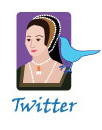




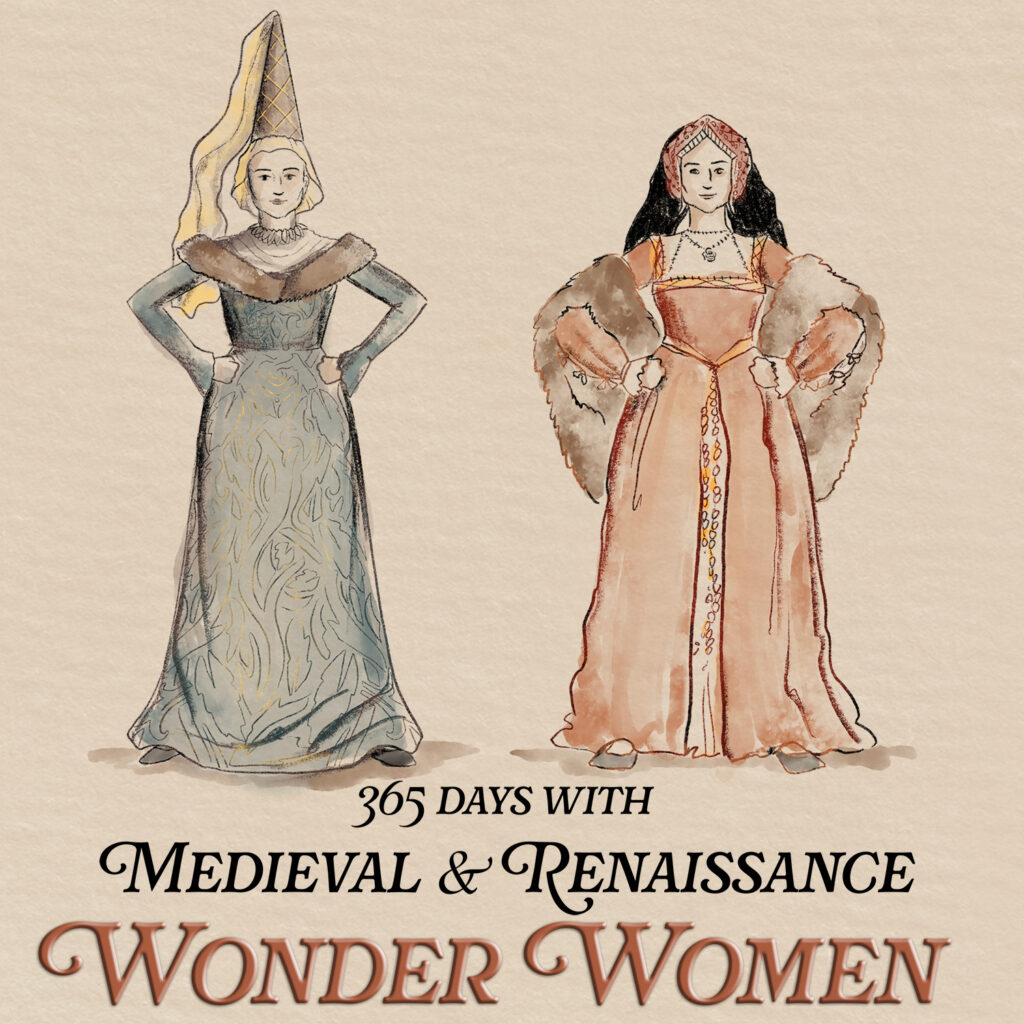

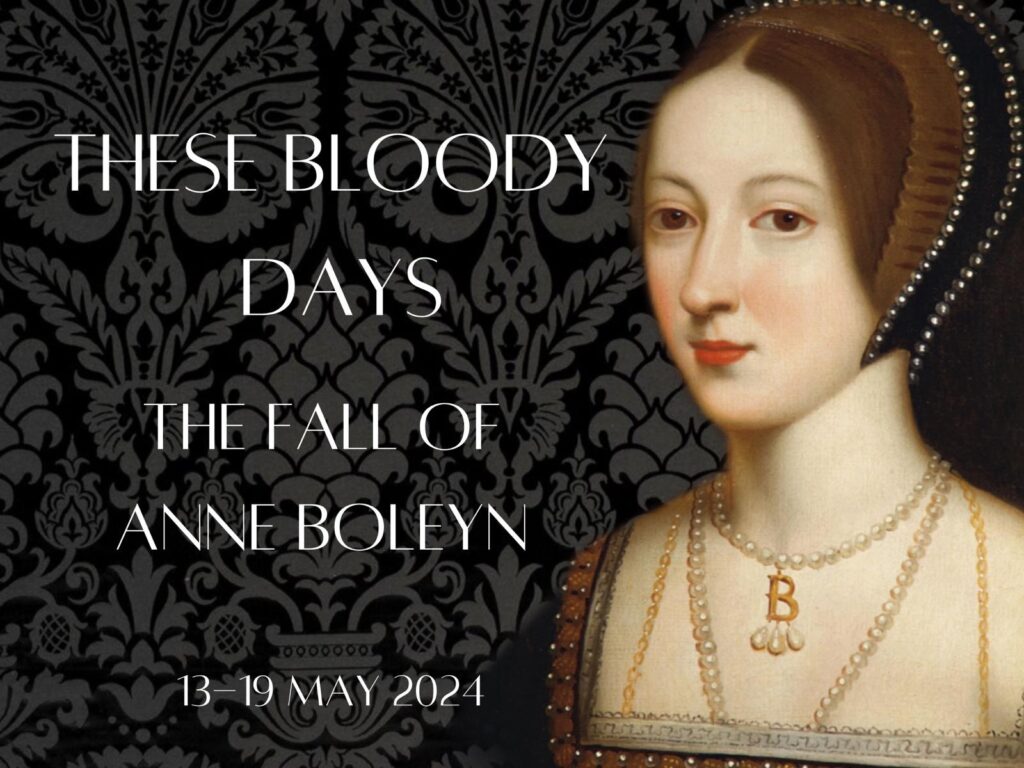
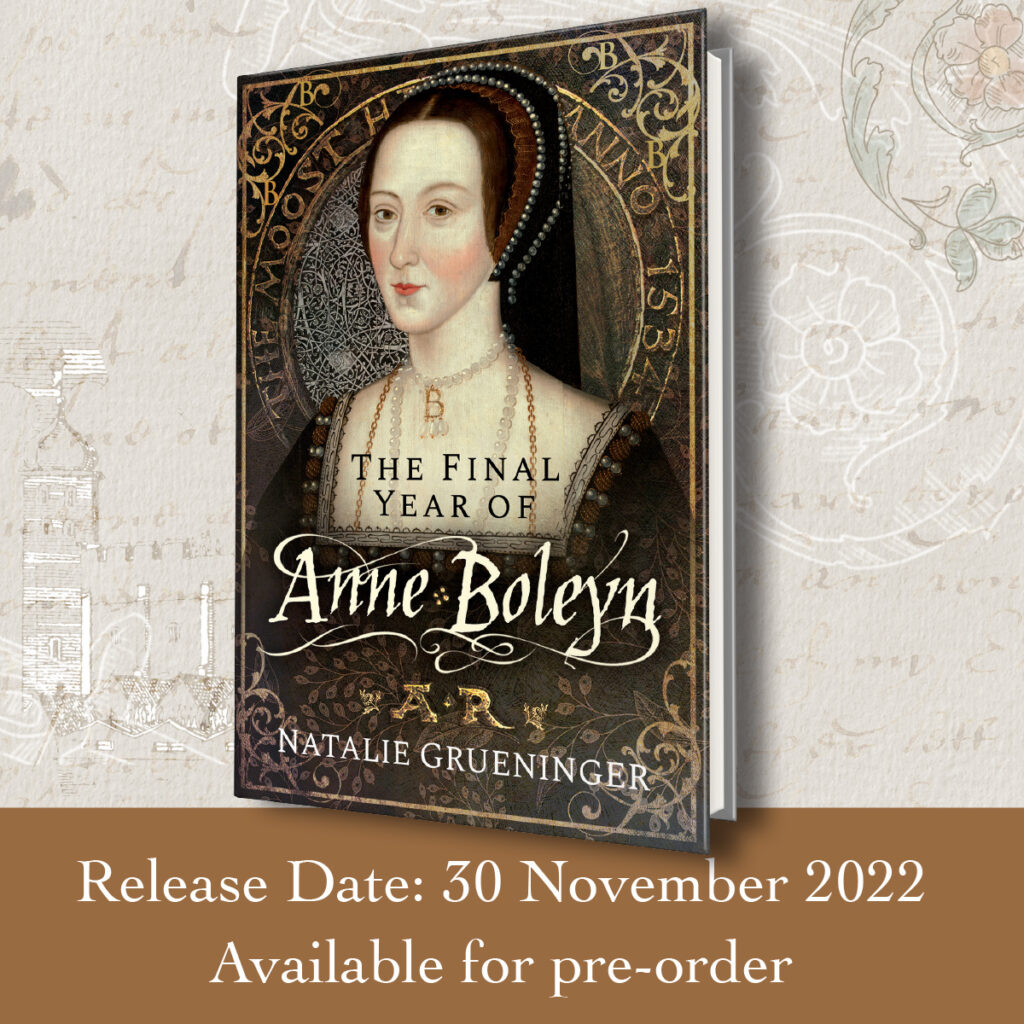


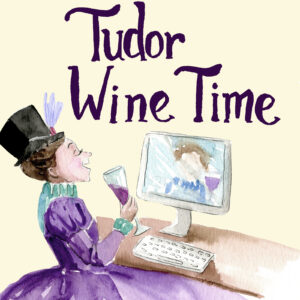


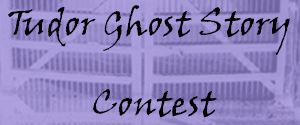

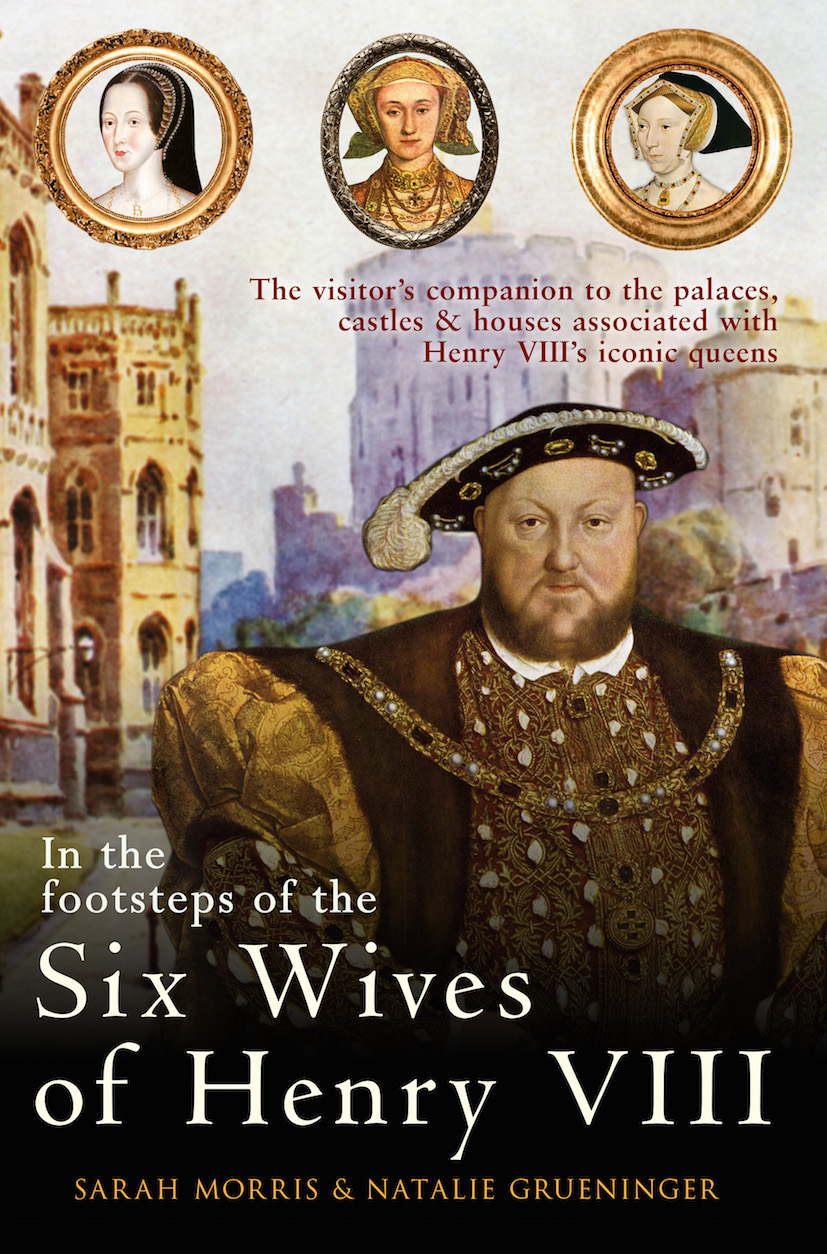
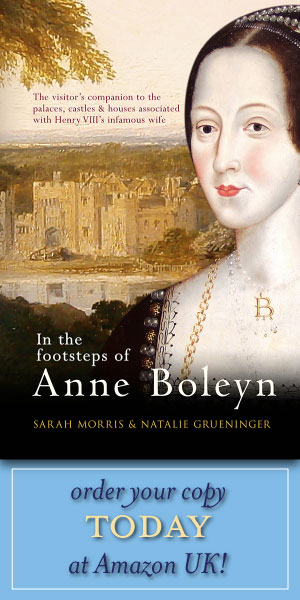


Latest Comments